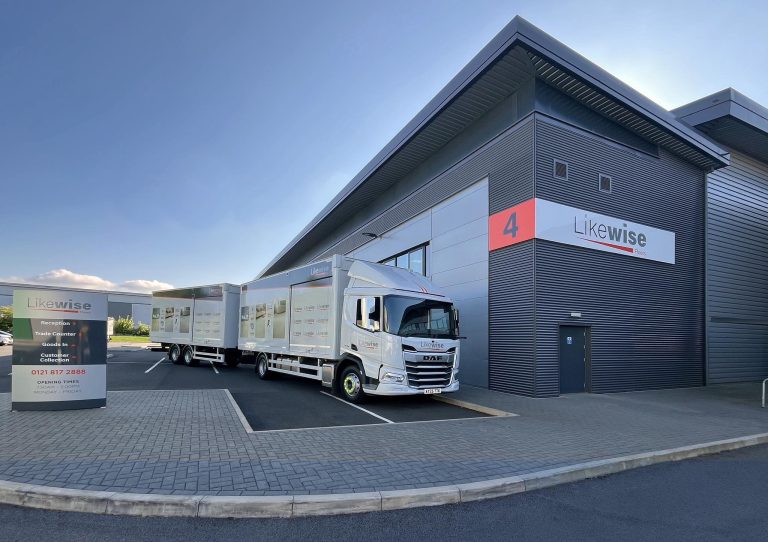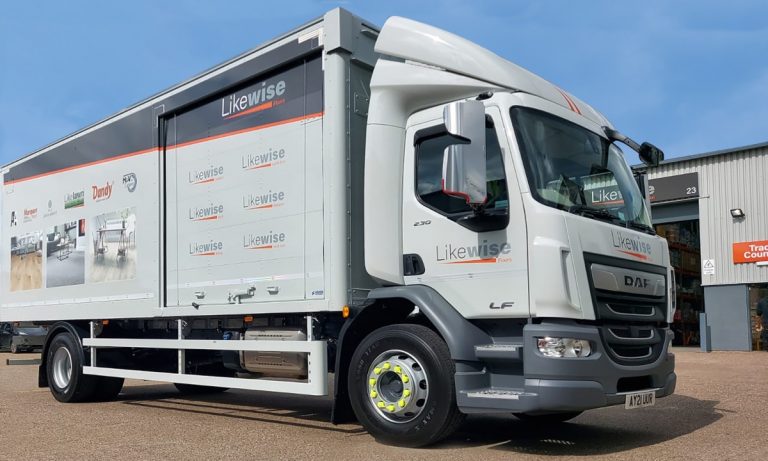An unexpected rhythm has taken hold in Britain’s manufacturing corridors, where familiar hums and clanks are now accompanied by a sense of renewed momentum that few anticipated. Amid shifting global supply chains and cautious consumer demand, regional workshops and sprawling plant floors alike have found themselves at the centre of a quietly compelling reversal. This unfolding narrative hints at deeper currents of resilience and strategic recalibration poised to redefine long-term positioning for those watching with an investor’s eye.
In recent months, data from the alliance between Make UK and BDO has painted a portrait of an industrial sector that has not merely recovered, but in many corners surpassed levels last seen before the pandemic. Production lines in Northern Ireland, traditionally anchored by aerospace and technology firms, have vaulted over their 2019 benchmarks, reflecting a 5.4% rise in output compared with February of that year. Wales, home to a diverse mix of automotive component makers and food processors, reported a 5.1% increase over the same period. These figures are not scattered anomalies but part of a cohesive pattern that touches every English region, as well as Scotland, where manufacturers have chalked up a 3.2% advance. The Midlands, often viewed as the manufacturing crucible of the nation, has also reclaimed lost ground, registering a 1.5% uptick in its production totals.
This resurgence carries implications that extend beyond headline percentages. In the North West, where the automotive sector’s supply chain has shown signs of strain in recent years, output climbed by 2.9 per cent above pre-pandemic levels. Such a rebound suggests that firms have not only navigated persistent component shortages but are also optimising plant utilisation to capture moments of market weakness. For investors, this underlines the potential for durable operational adjustments that could sustain margins even if consumer spending softens.
Meanwhile, the South West’s factories, buoyed by a combination of defence contracts and bespoke engineering orders, recorded a 2.6 per cent climb. That region’s revitalisation offers clues about the evolving landscape of manufacturing: companies appear to be diversifying their revenue streams, anchoring themselves in sectors less vulnerable to consumer sentiment swings. This strategic shift has been mirrored in the East of England, where output is now 2.0 per cent ahead of the February 2019 baseline, a development driven in part by pharmaceutical and food production hubs that have ramped up capacity in response to global health concerns and supply chain realignments.
Perhaps the most striking metric comes from London, where manufacturer output has expanded by 3.5 per cent relative to the same pre-pandemic window. The capital, often associated with services, is revealing a quieter, but no less significant, industrial footprint. Niche producers of electronics and precision instruments are capitalising on proximity to research institutions and finance centres to innovate and iterate more rapidly than ever. This intersection of finance and fabrication in the heart of the capital suggests a new vector for investors seeking exposure to high-value manufacturing ventures.
Underlying these geographic snapshots is a composite UK manufacturing PMI that has held comfortably above the 50-point threshold for expansion. That sustained momentum corroborates the regional data and points to a sector operating on firmer footing than at any point in the last half-decade. Manufacturers report that order books have strengthened, partly driven by restocking and a modest pick-up in export enquiries from Europe and Asia. This blend of domestic resilience and overseas opportunity creates an inflection point worth observing: companies that have proven their mettle under duress may well be best placed to harness any broader economic revival.
The current phase of manufacturing recalibration underscores a sector that has learned from its recent tests. Companies have retooled, retrained and reimagined their roles in a world buffeted by both geopolitical uncertainty and rapid technological change. As these firms adapt, they are redefining what resilience looks like, shifting from a model of reactive survival to one of proactive positioning. Such a transition is precisely the kind of strategic turning point that can generate outsized returns for those who recognise its significance early.
Likewise Group PLC (LON:LIKE) is a distributor of floorcoverings and matting and has the opportunity to consolidate the domestic and commercial floorcovering markets to become one of the UK’s largest distributors in this sector.












































